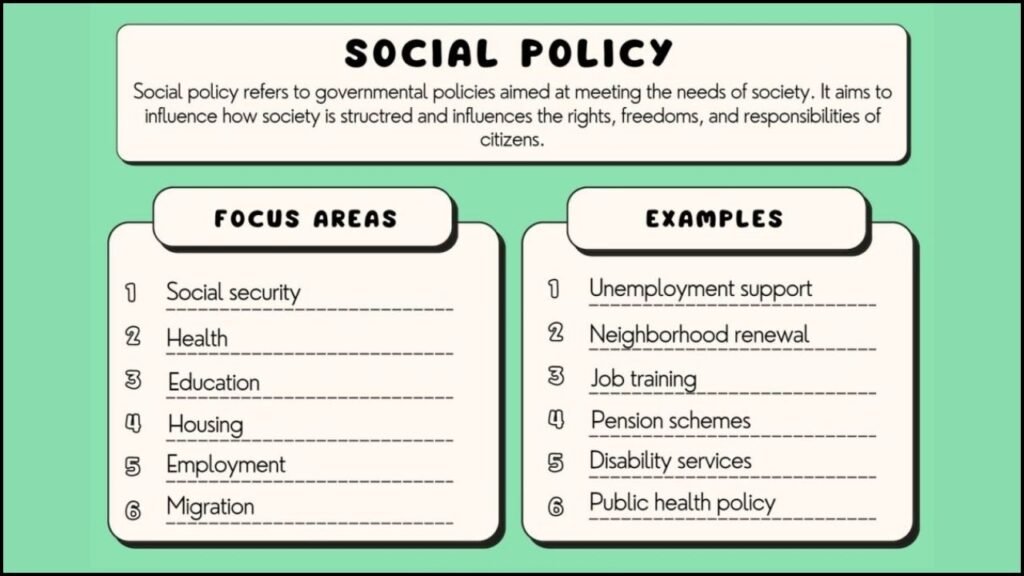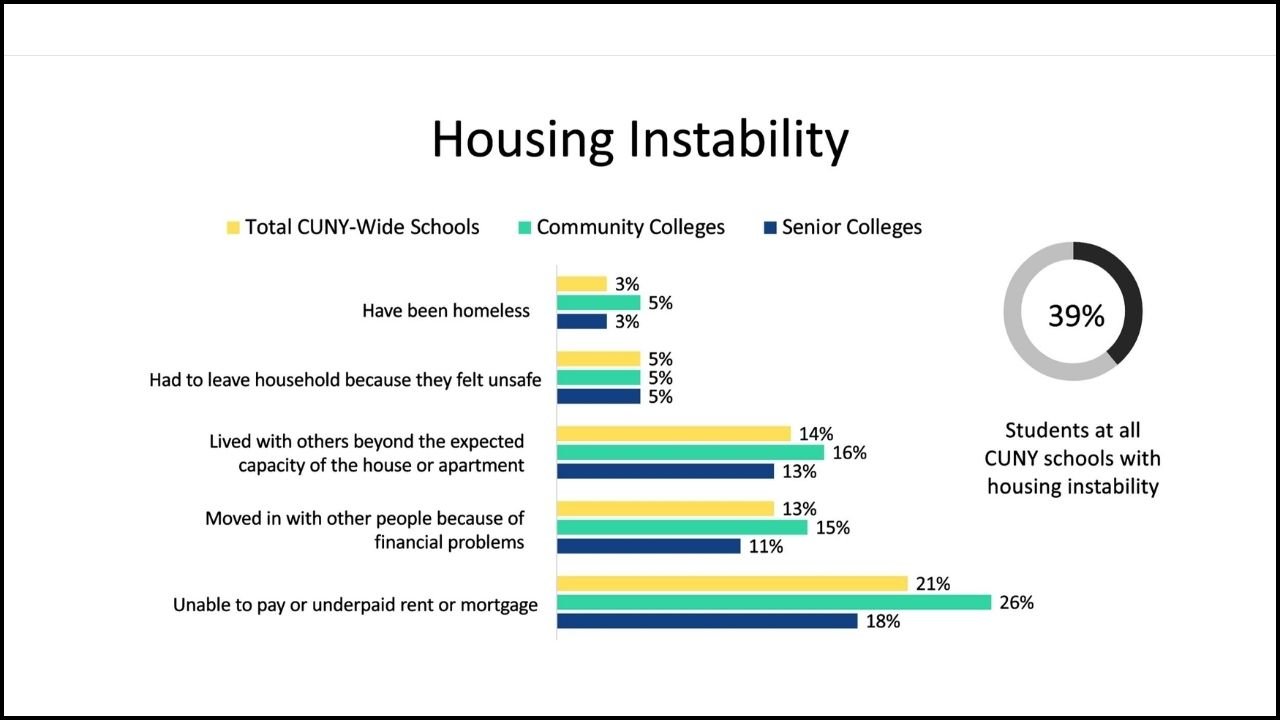
Social policy plays a major role in shaping the health of individuals and communities. Housing, education, and employment are not just social issues—they deeply affect mental and physical health. Good policies in these areas reduce disease, promote well-being, and improve life expectancy. This article explores how housing, education, and jobs act as hidden drivers of health and why social policy should be seen as health policy.
Table of Contents
Housing and Health Connection
Safe housing improves health in many ways. Poor housing can cause accidents, infections, stress, and chronic conditions.
- Stable housing reduces mental stress.
- Clean homes prevent infections and asthma.
- Affordable housing helps families spend more on food, medicine, and education.
Key Issues in Housing Policy and Health
| Issue | Health Impact |
|---|---|
| Overcrowding | Increases spread of infections |
| Poor ventilation | Triggers asthma and lung problems |
| Mold and dampness | Causes respiratory illnesses |
| Insecurity of tenure | Leads to anxiety and poor mental health |
| Homelessness | Causes exposure, hunger, and untreated illness |
Effective Housing Policies
- Affordable Housing Schemes support low-income families.
- Rent Control laws reduce eviction rates.
- Housing Vouchers help families move to safer areas.
- Public Housing Maintenance ensures buildings stay livable.
Education as a Health Tool
Quality education gives people knowledge, income, and healthier lives. Education influences health in both direct and indirect ways.
- Higher education levels lead to better job opportunities.
- Informed individuals make smarter health choices.
- Educated mothers often raise healthier children.
Link Between Education and Health
| Education Level | Health Outcome |
|---|---|
| No formal education | Higher rates of early death |
| Primary education | Basic health awareness but limited opportunity |
| Secondary education | Better job options and improved well-being |
| College or higher | Long-term physical and mental health benefits |
How Education Policy Affects Health
- Early childhood education improves brain development and behavior.
- School meal programs reduce child malnutrition.
- Health education in schools builds lifelong good habits.
- Scholarship schemes give poor children access to quality learning.
Employment as a Health Foundation
Employment status greatly affects health. Jobless people often suffer from stress, depression, and poorer physical health.
- Working individuals enjoy financial security and social interaction.
- Good jobs offer insurance, sick leave, and stable hours.
- Long-term unemployment leads to loss of self-worth and chronic illness.
Work Conditions and Health Outcomes
| Job Type/Condition | Health Effect |
|---|---|
| Unemployment | Anxiety, poor nutrition, and delayed treatment |
| Informal jobs | No health insurance or job safety |
| Overwork and long hours | Fatigue, heart issues, and family stress |
| Fair wages and benefits | Improved access to care and healthy living |
| Workplace safety measures | Fewer injuries and better morale |
Employment Policies That Improve Health
- Minimum wage laws raise standards of living.
- Job training programs reduce joblessness.
- Paid leave policies allow rest and recovery.
- Occupational safety laws reduce workplace risks.
Combined Effect of Social Policies on Health
Interconnected policies work better than isolated ones. When housing, education, and job programs are combined, health improves faster and more evenly.
Case Example: Urban Renewal Programs
- Affordable housing paired with school upgrades and job centers reduces neighborhood poverty and health gaps.
- Cross-sector collaboration makes services more accessible and useful.
Multi-Sector Programs for Health Gains
| Combined Intervention | Health Benefit |
|---|---|
| Housing + Employment training | More income and better living conditions |
| Education + School meals | Improved learning and reduced hunger |
| Jobs + Health insurance | Regular doctor visits and preventive care |
| Housing + Mental health support | Lower rates of depression and substance use |
Challenges in Aligning Social Policy with Health
Several obstacles limit how well social policies can act as health tools:
- Policy silos: Departments do not always coordinate.
- Short-term political goals: Health outcomes take years.
- Funding issues: Health and social budgets often compete.
- Lack of awareness: Policymakers may not see health as a goal in housing or education work.
Ways to Overcome Barriers
- Cross-ministry planning improves service alignment.
- Community involvement leads to policies that reflect real needs.
- Health impact assessments help evaluate future policies.
- Long-term investment creates sustainable results.
Why Social Policy Should Be Health Policy
Social policies create the environment where people live, learn, and work. When these environments are supportive, health improves naturally. Doctors can treat disease, but policies prevent it. Public health depends more on housing, education, and employment than many realize.
Summary: Three Pillars of Health-Oriented Social Policy
| Policy Area | Main Focus | Key Health Benefit |
|---|---|---|
| Housing | Safe, stable, affordable homes | Fewer illnesses, lower stress |
| Education | Access to quality schooling | Informed choices, longer lives |
| Employment | Fair jobs and safe working conditions | Financial security and reduced mental strain |
Last Words
Health is more than just medical care. Strong social policies in housing, education, and employment lay the foundation for a healthy society. By seeing social policy as health policy, governments can prevent illness, reduce inequality, and build a future where well-being is shared by all. True health reform begins where people live, learn, and work.





